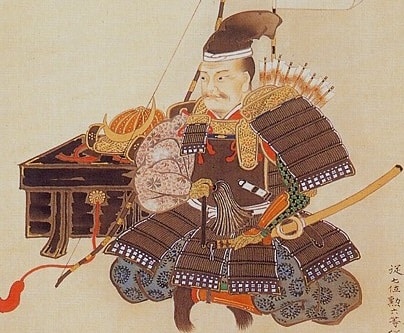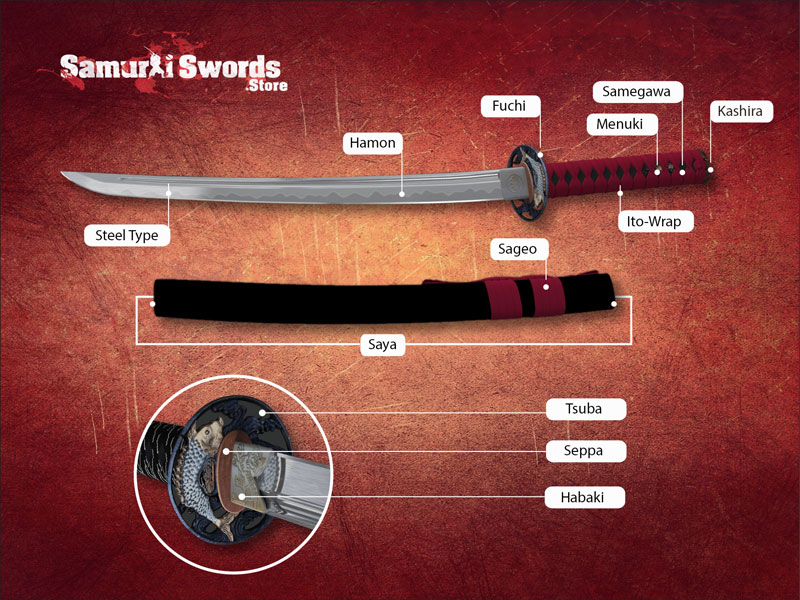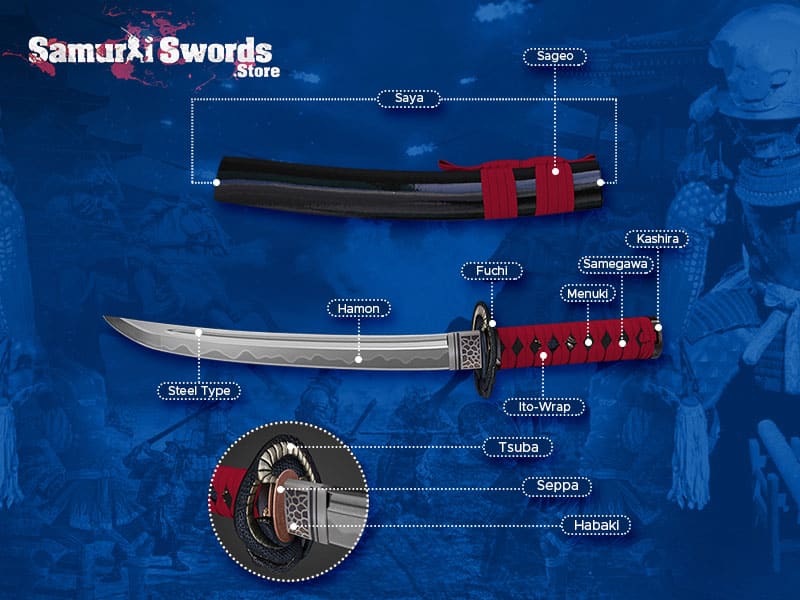Samurai Warriors
Katakura Kagetsuna
Katakura Kagetsuna
The pride of the Katakura clan is the best way to describe Katakura Kagetsuna. He was a Japanese samurai who belonged to the Katakura clan.
He lived in the late Sengoku period. Katakura Kojuro is one of the other names he is known as. His formal court title is Bichu no Kami. The kanji ‘no Kami’ refers to local Japanese gods. This is how some people view Katakura Kagetsuna.
Aside from bringing the honor to the Katakura clan, he is one of the three great men of the Date clan. He was also a junior page when he was young. In popular culture, he is dubbed as Kagetsuna the Wise.
Katakura Clan
Katakura Kagetsuna was from the Katakura Clan. He belonged to the clan which has traced its roots back to Fujiwara no Toshihito through Kato Kagekado.
This clan was once a minor member of the Osaki clan. This was in the 14th century. They first came from the Mutsu Province.
During the Edo period, the ones who acted as head of this clan eventually inherited the Sendai domain. However, their clan was based at Shiroishi Castle or modern-day Shiroishi, Miyagi.
There was even a descendant from this clan who became the chief priest of Sendai’s Aoba Shrine. This priest was Shigenobu Katakura who was a direct descendant of their family.
Roles Played By Katakura Kagetsuna
As mentioned earlier, Katakura Kagetsuna was a junior page for Date Masamune’s father, Date Terumune. For Date Masamune, he became a senior retainer and personal assistant. He performed administrative duties.
Katakura also became a strategist, as well as a castle warden of Nihonmatsu Castle. Lastly, he became the lord of two castles – Shiroishi Castle and Omori Castle, which is also known as Watari Castle.
Battles Fought
Date Masamune greatly relied on Katakura Kagetsuna. Masamune’s first battle was fought victoriously. This is because of Kagetsuna who arrived in time and shouted his lord’s name. This was a distraction tactic that was effective enough to allow Masamune to escape.
Kagetsuna also participated in major battles which included the Battle of Hitodoribashi in 1585, the Siege of Koriyama in 1588, the Battle of Suriagehara in 1589, the Siege of Odawara in 1590, and the Imjin Invasions in 1590. He was also in Japan’s biggest battle which is the Battle of Sekigahara in 1600.
The Rewards for Conquering the Enemies
Two years after Katakura Kagetsuna’s success in the battle of Sekigahara, Masamune appointed him as the lord of Sendai. He was given the Shiroishi Castle. There was even an additional bonus of 13,000 Koku.
In fact, this was a big reward. It was even higher than the standard quota that the Tokugawa Shogunate provided. As for the Tokugawa Clan, their rewards were limited to one castle for each territory.
This sealed the Katakura clan’s position of remaining senior retainers of the Sendai Province spanning more than 11 generations thereafter.
Illness and Death Of Katakura Kagetsuna
Katakura Kagetsuna was ill when he first joined Masamune in the Osaka Winter Campaign of 1614. He chose his son Katakura Shigenaga to take his place. He was only 60 years old at the time of his death. The baby was named Sanzan Joei.
His son’s participation in the Osaka Summer Campaign had given him the name Oni Kujuro which when translated means ogre. Katakura Kagetsuna may have played the role of an aide for Masamune and his conquests.
However, Kagetsuna had left behind a mark that would make even the new generation recognize him as a hero.
Image Source: 不明。 [Public domain]








